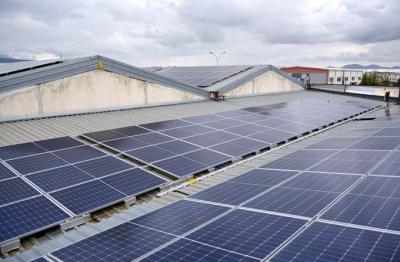
With the continuous progress of technology, the inverter, as a kind of power conversion equipment, plays an important role. Among the inverter family, Low-Frequency Pure Sine Wave Inverters and ordinary inverters are two types that receive much attention. This article will delve into the differences between the two, so that consumers can make a more informed choice of the product that suits their needs.
The name of the Low-Frequency Pure Sine Wave Inverter already indicates its two main features: low frequency and pure sine wave. First, let's focus on the low-frequency feature. Low-frequency inverters use a lower frequency in power conversion, meaning that the current fluctuations are slower and the power output is more stable. This is particularly important for some devices that require high stability of the current, such as medical equipment or scientific instruments.
Secondly, the pure sine wave output is another significant feature of Low-Frequency Pure Sine Wave Inverters. Unlike the approximate sine wave of ordinary inverters, the output waveform of Low-Frequency Pure Sine Wave Inverters is closer to an ideal sine wave. This ensures that electrical devices powered by the inverter are not disturbed by the current during use, reducing the risk of device damage.
Ordinary inverters, compared to Low-Frequency Pure Sine Wave Inverters, have a broader application scope. They are mainly used for relatively simple electrical devices, such as lamps and electric fans. Although their output waveform is an approximate sine wave, for some devices that do not have high demands on the quality of the current, ordinary inverters are an economical choice.
Due to the relatively lower manufacturing process and technical difficulty of ordinary inverters, their prices are more affordable. For consumers with limited budgets, choosing an ordinary inverter might be a more appropriate decision. However, it is important to note that despite the lower price, ordinary inverters may not provide the ideal power output in some scenarios that require high quality of the current.
When choosing inverters, consumers often need to find a balance between performance, price, and actual needs. If you need to supply power to a variety of electrical devices and have higher requirements for the protection and reliability of your electrical devices, then Low-Frequency Pure Sine Wave Inverters are a good choice. Their high-quality power output can effectively protect sensitive devices and ensure their normal operation.
However, if your needs are relatively simple, you are not highly demanding on current fluctuations, and your budget is limited, ordinary inverters may better meet your expectations. In the selection process, it is recommended that consumers weigh performance and price according to actual needs to ensure that the selected inverter can meet their expectations.
Among many inverter brands, Anern's Low-Frequency Pure Sine Wave Inverters series, especially the AN-WSPI inverter, is well-received for its efficient, stable, and reliable performance. AN-WSPI inverter not only has low frequency characteristics, ensuring the stability of power output, but also its pure sine wave output effectively avoids damage to electrical devices. This inverter, while meeting the need for high-quality power output, also considers price reasonableness, offering an ideal choice for consumers.


